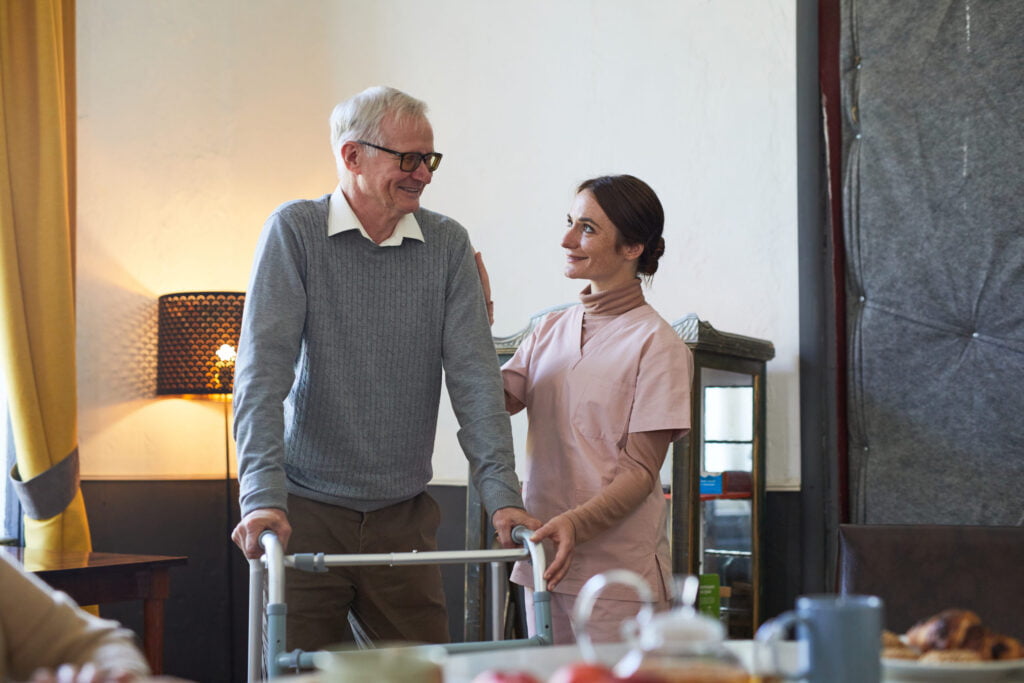The decision to pursue in-home care can be a difficult one, but it can also be a very rewarding one. In-home care allows those who are elderly, or who are disabled or chronically ill, to remain in their own homes while receiving the care and help they need. It can provide a sense of independence and comfort to those who may otherwise have to move into a nursing home or other long-term care facility.
If you or a loved one has recently decided to pursue a home health care service, one of the first things you’ll need to consider is how to make your home more accessible. Depending on the individual’s situation, this might involve anything from simple repairs and alterations to complete home modifications. Taking the necessary steps to make sure your home is safe and comfortable for both the caregiver and the person receiving care is essential in order to ensure a successful in-home care experience.
Garage Door Repair

One of the first things to consider when making your home more accessible for in-home care is garage door repair services in New Jersey and New York. If the garage door is broken, it can be a major obstacle for the caregiver. This is especially true if the caregiver needs to transport medical supplies or other items into the home. By having a professional garage door repair service inspect and repair any issues with the garage door, you can ensure that the caregiver can easily enter and exit the home.
Handicap Accessibility
Another important aspect of making your home more accessible for in-home care is creating handicap accessibility. This includes elements such as installing ramps, creating a wider doorway, and more. By taking the time to make your home more accessible for those with physical disabilities, you can ensure that the person receiving care can move around the home with ease.
Safety

When you are making your home more accessible for in-home care, safety is also an important factor. This is especially true if the person receiving care is elderly or has difficulty moving around the home. You should make sure that any stairs or other areas of the home that could be hazardous are properly marked and that there are handrails in place to help them move around the home safely. You should also make sure that the environment is free from any potential hazards, such as sharp edges or loose wires.
Lighting
Another important element of making your home more accessible for in-home care is proper lighting. This is especially important if the person receiving care has difficulty seeing in the dark. You should always make sure that any areas of the home that the person will be using are well-lit, so that they can move around the home safely.
Comfort
Finally, think about the level of comfort and convenience that the home can provide. Are there enough comfortable chairs for everyone to sit in? Is there enough light for the person receiving care to move around easily? Are there enough electrical outlets to plug in medical equipment, such as a nebulizer or oxygen tanks? Consider these things when making the home more accessible. Making a few adjustments to the home can make a huge difference in the care recipient’s quality of life.
Making a home more accessible for in-home care can be a challenging task, but it is well worth the effort. By taking the time to make the necessary modifications, you can help ensure that the person receiving care can move around safely and comfortably. Furthermore, you can make sure that their caregiver can move around the home without any difficulty.



